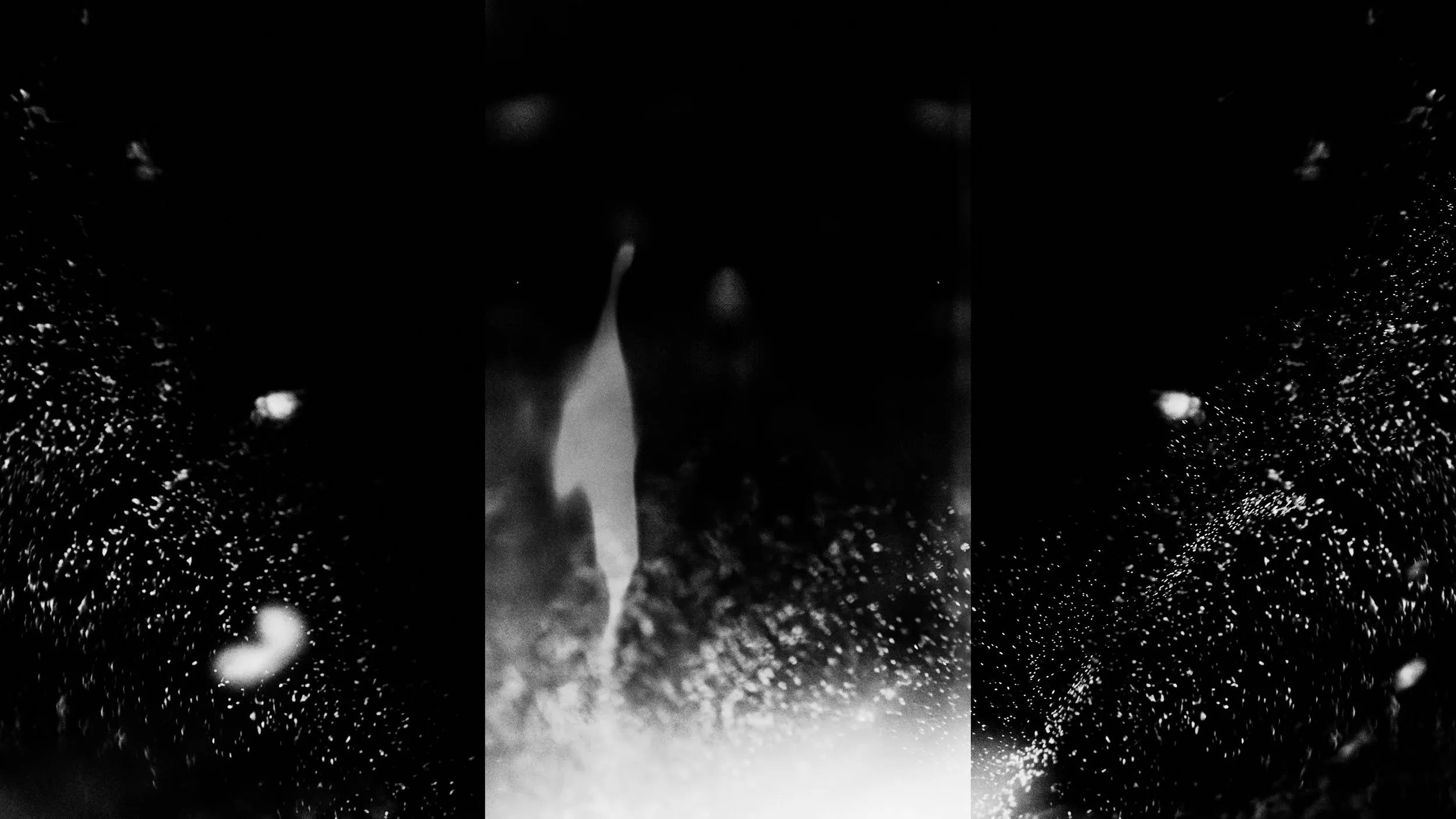I’m excited to have an essay and poem in this wonderful book, Sight Unseen: Visualising the Unseeable through Art and Science alongside so many luminaries.
Perimeter and CoVA are excited to announce the Melbourne book launch of Sight Unseen: Visualising the Unseeable through Art and Science (Perimeter Editions 073). Taking place at Science Gallery Melbourne, (700 Swanston St, Parkville) from 6pm, Tuesday March 12, the book will be launched with an introduction by Prof. Su Baker, and will also include presentations by esteemed contributors Prof. Elisabetta Barberio, Alicia Sometimes and Prof. Sean Cubitt.
We hope to see you there!
MELBOURNE LAUNCH
Science Gallery Melbourne
700 Swanston St, Parkville VIC 3053
Enter via Grattan St
Tuesday March 12, 2024
From 6pm
This is a free event.
ABOUT THE BOOK
In 2019, the previously unseeable became seen when the first image of a supermassive black hole was captured by the Event Horizon Telescope (EHT) project. Taking its initial inspiration from this pivotal event, Sight Unseen considers phenomena in our universe once hidden from human sight, now made visible through the combined efforts and outputs of artists and scientists. Collaborative, multidisciplinary and non-hierarchical in its scope, this collection of essays and images draws on Western and First Nations knowledge systems to ask readers to see together. To see via cross-disciplinary collaboration; to see with help from non-human forces and beings; to see the togetherness often hidden from our gaze; and to strive to see an ecological and cosmological entirety while acknowledging, through practiced humility, that we can only ever see a small portion of what exists. At its most fundamental, the act of seeing is the sensory experience of detecting light. A confluence of science, art, cultural knowledge, imaging and imagining, Sight Unseen – which is edited by Edward Colless, Suzie Fraser, and Ryan Jefferies, and designed by Daly & Lyon – positions the notion of sight to be so much more.
CoVA x Perimeter is collaborative publishing initiative curated by the Centre of Visual Art at the University of Melbourne and independent publishing house Perimeter Editions. Foregrounding experimental and otherwise innovative discursive outputs from three key streams of enquiry – Postnational Art Histories, Feminism and Intersectionality, and Art + Science – the program spans research-in-progress, academic dialogues, artist responses, and essays, working to reframe scholarly research via a multiplicity of new perspectives and lenses. The Art + Science series, supported by Science Gallery Melbourne, creates a space for shared and collaborative conversations and research between scholars and practitioners across the arts and sciences internationally. The series broaches some of the critical challenges facing humanity – from climate change to artificial intelligence and gene editing – through a dialogic exchange across scientific and artistic disciplines and modes.
With contributions by: Thomas Apperley, Elisabetta Barberio, Monica Bello, Drew Berry, Justin Clemens, Madeleine Collie, Sean Cubitt, Peter Galison, Adrian Heathcote, Chris Henschke, Tessa Laird, Beverley Meldrum, Karlie Noon, Patricia Piccinini, Alicia Sometimes, Will Steffen, Paul Thomas, Marcus Volz, Lisa Waup, and Liam Young.
FIND THE BOOK HERE












